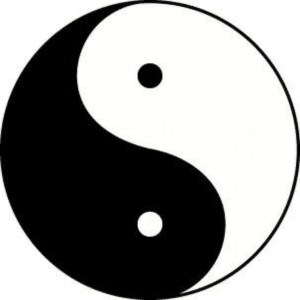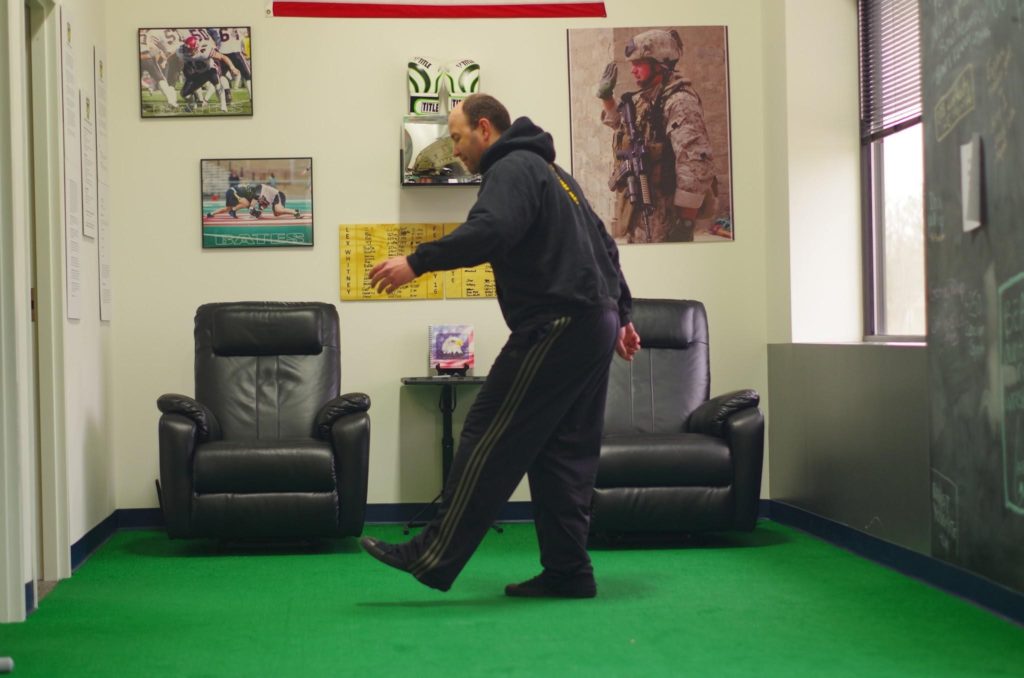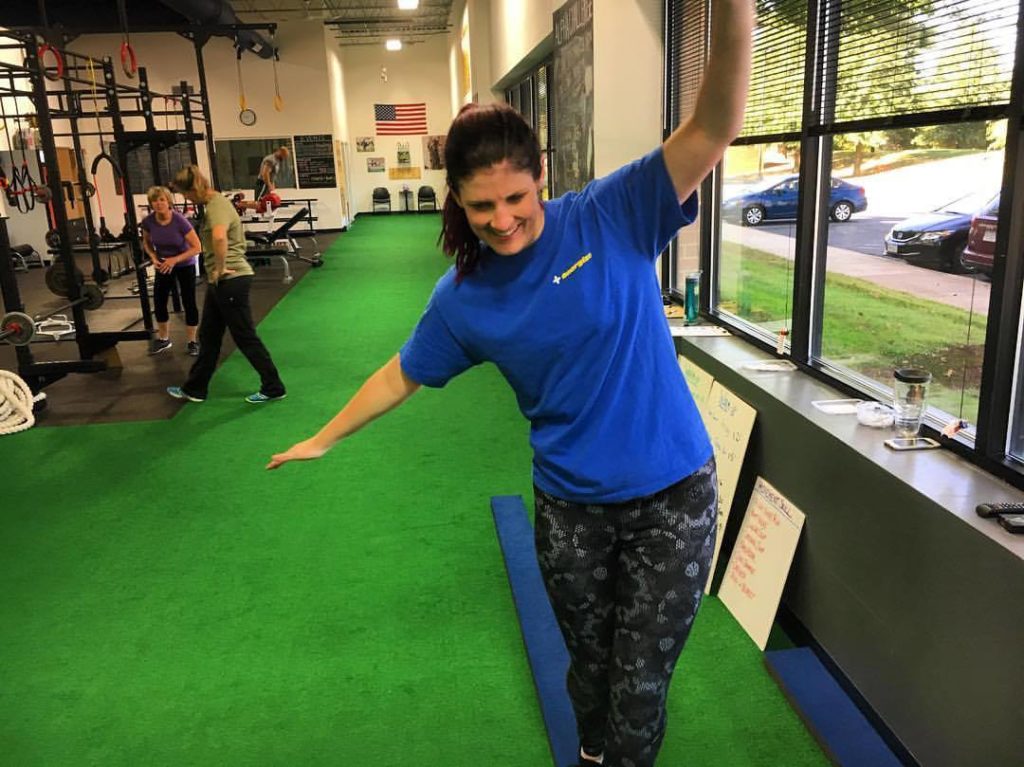Today’s blog is from BSP NOVA member, Jeremy Brown. Not only does Jeremy bring a consistently sarcastic tone to most Monday, Wednesday and Friday 9am sessions, but he also teaches a tai chi class, right here at BSP NOVA, every Saturday at 11am.
Our entire staff did a demo class with him quite a few months back, and we thought it would be a perfect addition to complement our strength & conditioning offerings.
Jeremy will be contributing to the BSP NOVA blog every month, and today mark his second one!
The idea of balance invokes a lot of different ideas in our society: work vs. family, family vs. friends; wants vs. needs. Even in terms of fitness, the idea of balance encompasses several different ideas: left side vs right side, upper body vs. lower body, strength vs. conditioning, jazz vs metal, spinach vs pizza. When we talk about balance in tai chi, you might think of the yin yang symbol of a circle divided into black and white sections.

Some of the ways Merriam-Webster defines balance are “physical equilibrium” and “stability produced by an even distribution of weight on each side of the vertical axis”. This is what we’re looking at today. How does balance fit into tai chi and how does tai chi affect balance?
Awareness
Moving through different tai chi techniques requires an awareness of your weight distribution. If you lean too far forward in a movement you will fall over. If your foot position is too narrow you could fall over. This sounds like a lot of falling but what tends to happen is that a foot is already moving into position to stop your fall. Depending on the surface you’re practicing on, this results in a THUD, i.e. the sound of your foot coming into contact with the floor with more force than you intended.
In particular, Forward Stepping seems to be the introduction for most people to the world of THUD. For a move with a relatively benign name, the balance aspect of the movement tends to throw people for a loop. When taking a step forward, you want your weight centered on your non-moving leg, only shifting it after the moving foot makes contact with the ground. But, if you take too big a step or lean forward when taking that step, you become acquainted with Early Onset THUD. When taking too large a step, the moving leg pulls your weight farther forward that you can support and you end up landing on that front foot. A movement that is supposed to be deliberate in both execution and pacing ends with a several inch sprint to the floor for your foot. THUD.
The school where I learned tai chi had a raised plywood floor where, even though it was covered with carpet, every THUD was audible throughout the training area. The instructor could be on the other side of the room with his back turned to you, talking to the parents of the kids in the previous class, and when that THUD happened he would turn and look. He wouldn’t necessarily even say anything, but he would take his glasses off, look down at the grey carpet and massage the bridge of his nose between two fingers. It was his, “Give me patience” look. It was mostly given to those he believed should know better, and if he caught you stomping around his floor while doing tai chi he definitely thought you should know better.
Affecting Balance
That is one of the ways that balance affects tai chi, but what about the opposite? How does tai chi affect balance? By practicing the movements in tai chi in a deliberate and conscious manner, we increase the awareness of how we’re distributing our weight. Practice allows us to feel what it is like when we are balanced and when we are not balanced. The motions are relatively small and so the consequences of not being balanced are relatively minor, usually nothing more than a THUD.

As we gain greater experience in awareness of our balance, we also gain greater awareness in how the shifting of our body weight affects our balance. This increased awareness eventually leads to greater ability to control our weight distribution when moving. With time and practice, we increase both the awareness of and ability to control our balance.
In the same way that we progress through relatively simple moves such as Forward Stepping to more complex ones such as Grasping the Bird’s Tail, we progress from having balance in a static position to having balance while moving.
Increase…
Those of us who are a part of the BSP NOVA community will, at one time or another, have come into contact with the blue foam balance beam. Whether you have experienced it firsthand or watched its use in the Conditioning Class, you know that the name of the game isn’t just standing in place on it but to move across the blue beam of instability without falling off, regardless of how many cottony snowballs the coaches might throw at you.

Both the beam and tai chi aim to increase that awareness, control, and confidence from:
Client: “I’m going to fall. I’m going to fall so hard I’m going to leave a crater!”
Coach: “You haven’t even stepped on the beam yet.”
Client: “I just know! The beam tells me so.”
To:
Coach: “I want you to touch your toes with each step on the beam while walking backwards.”
Client: “That’s it? Seriously? The beam tells me that I can do more.”
Coach: “That’s it. Also, why do you listen to an inanimate object more than your coach?”
Client: “Shhh, it can hear you.”
